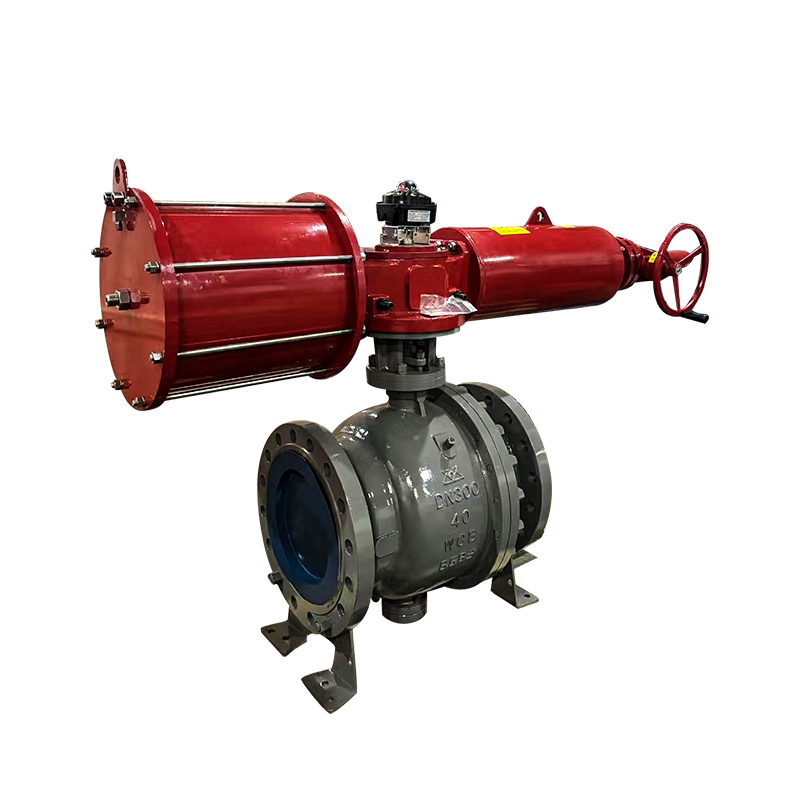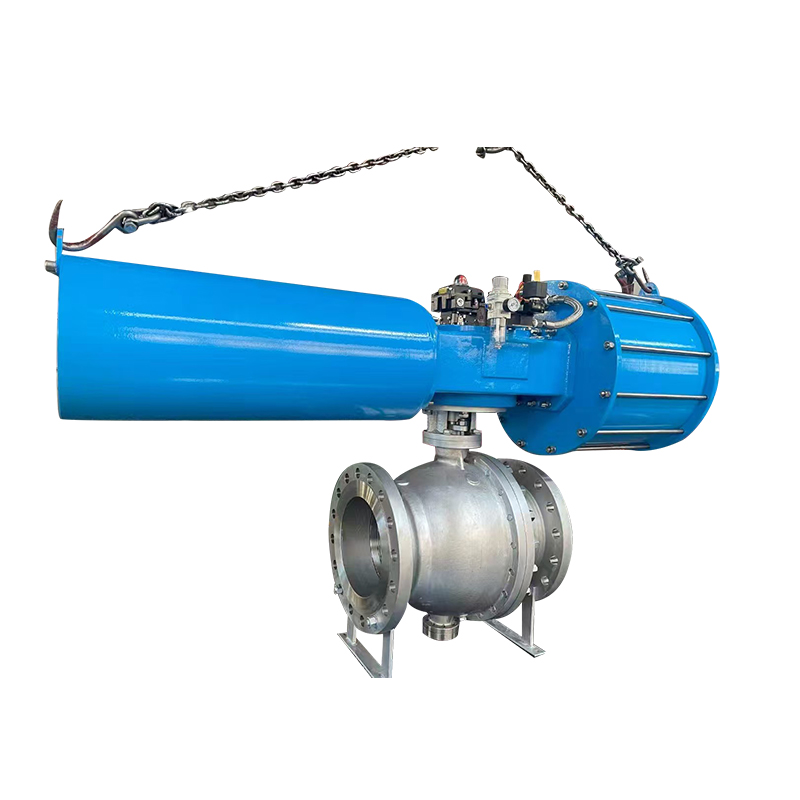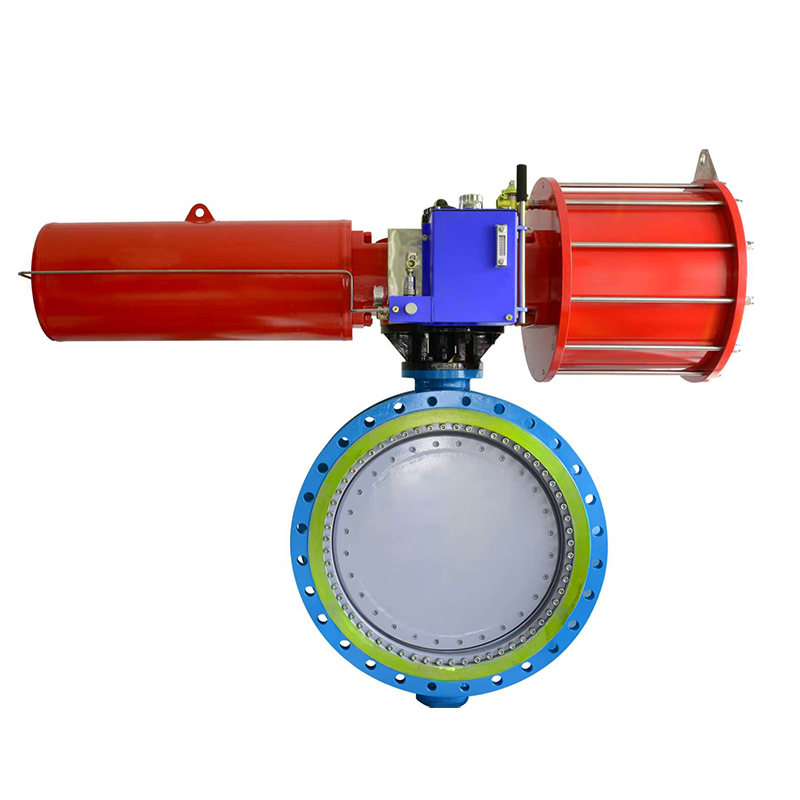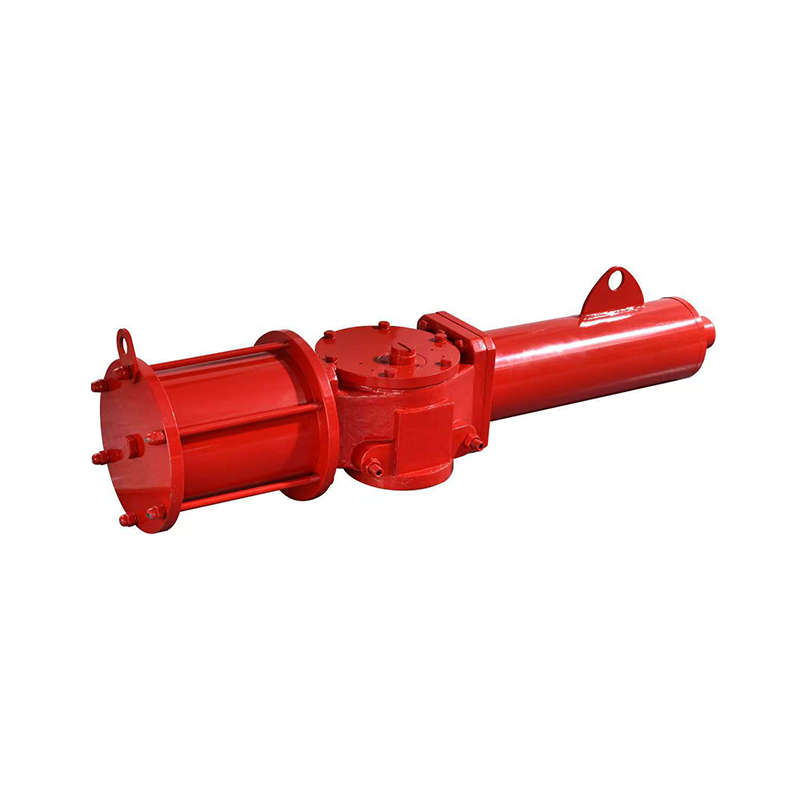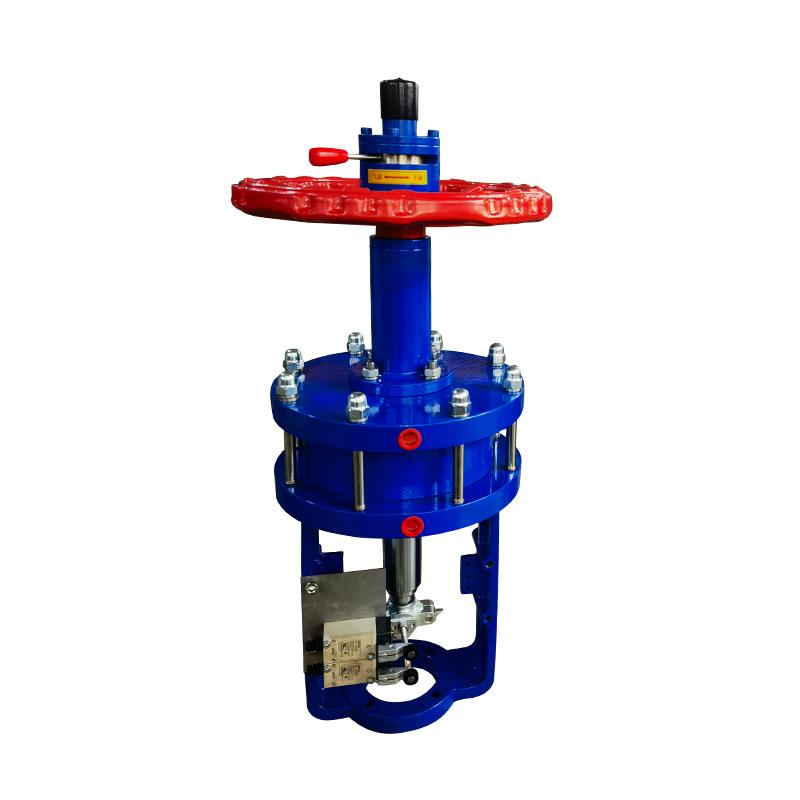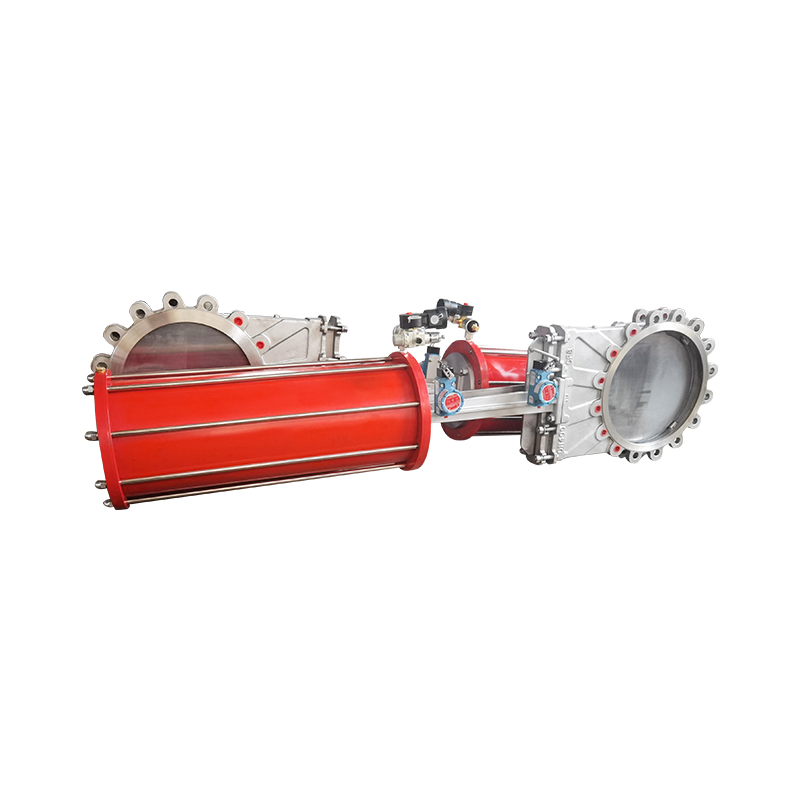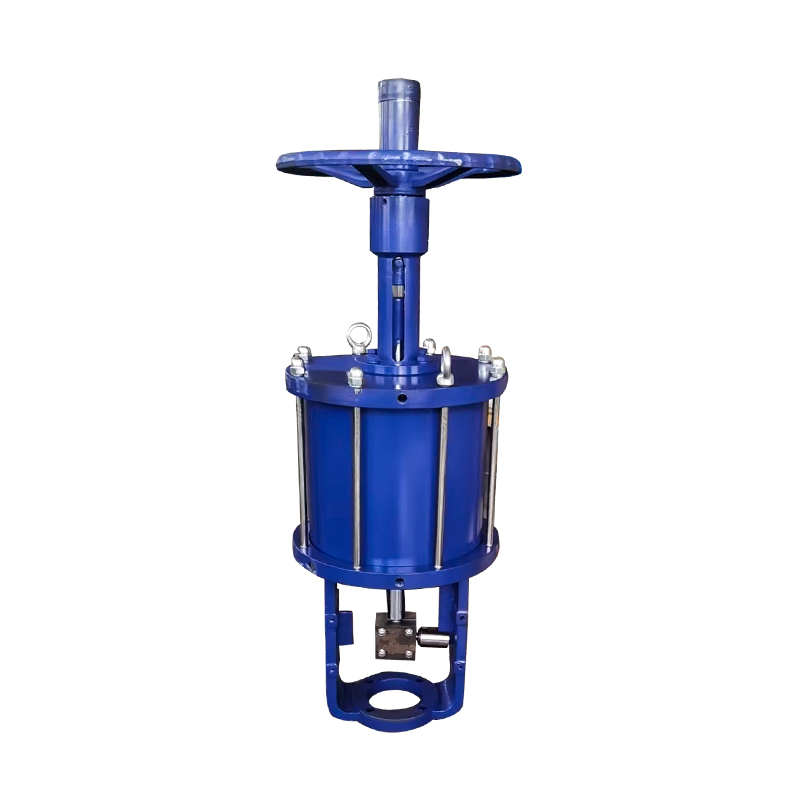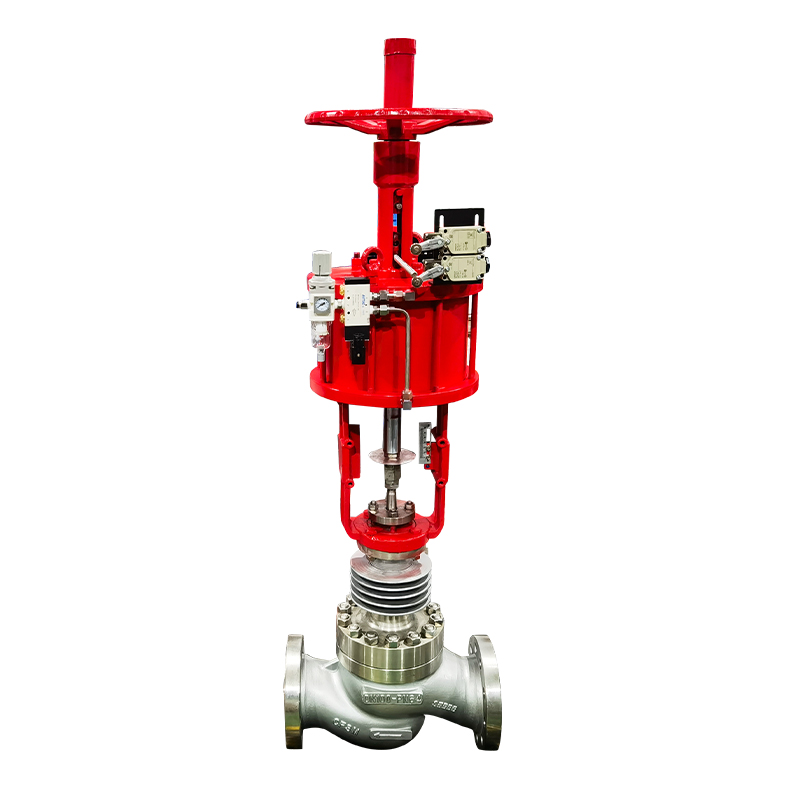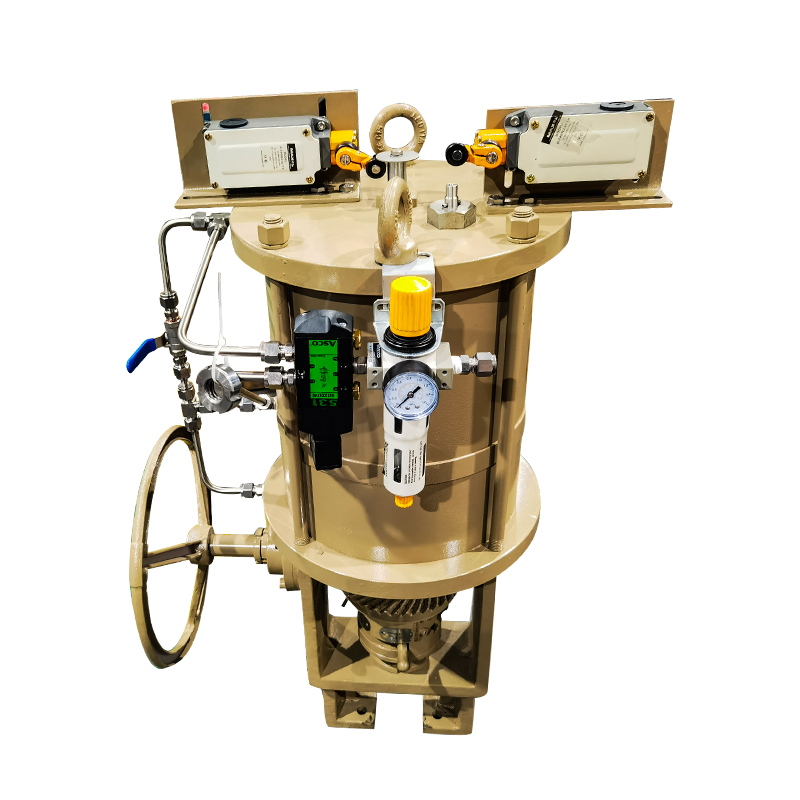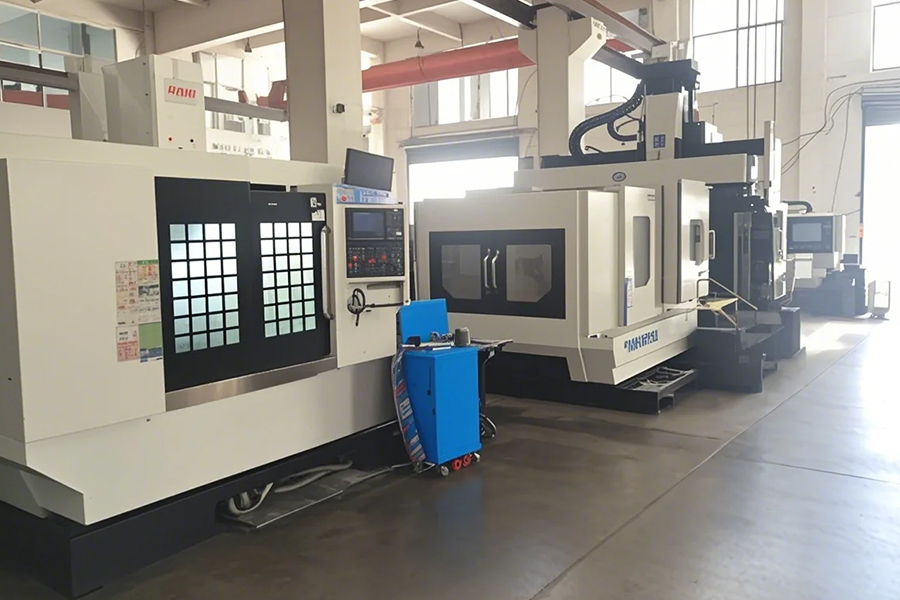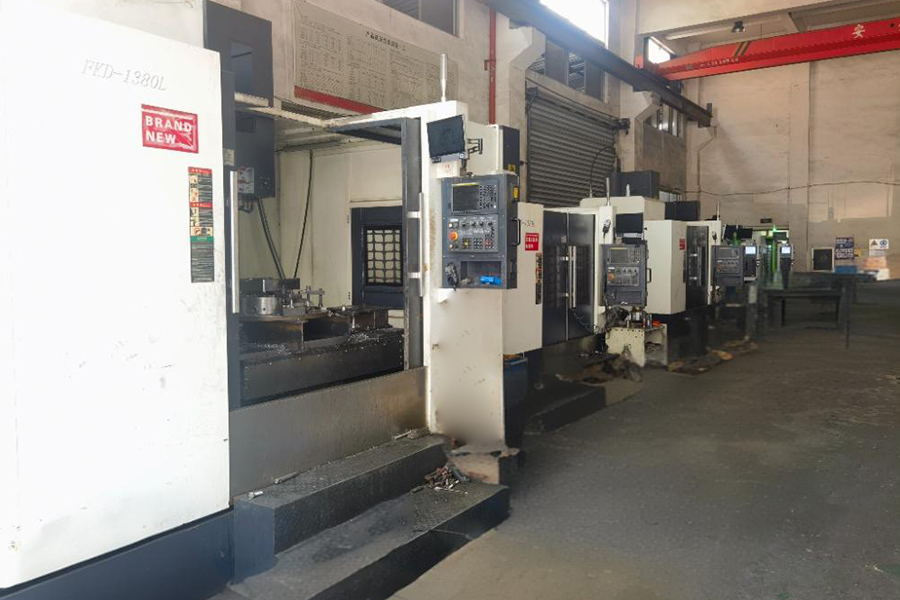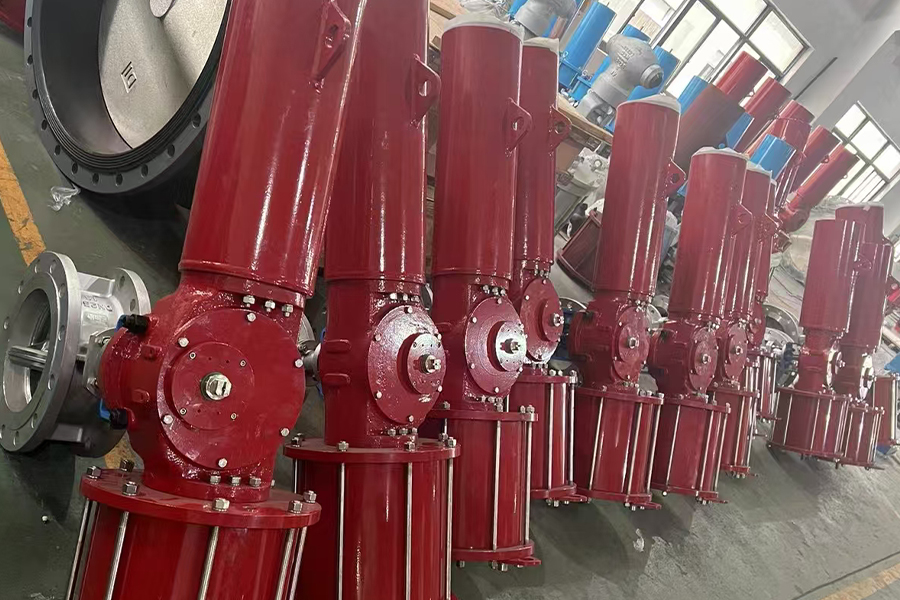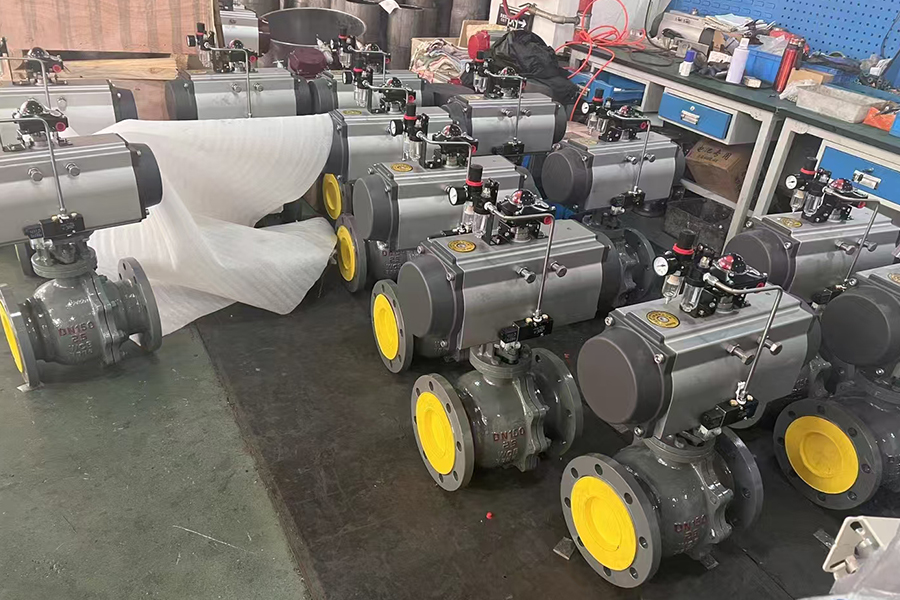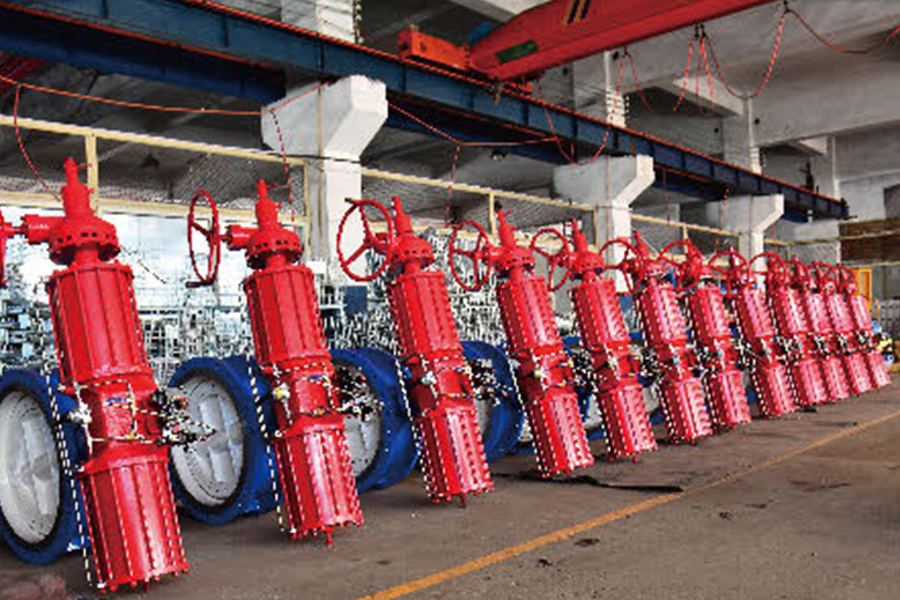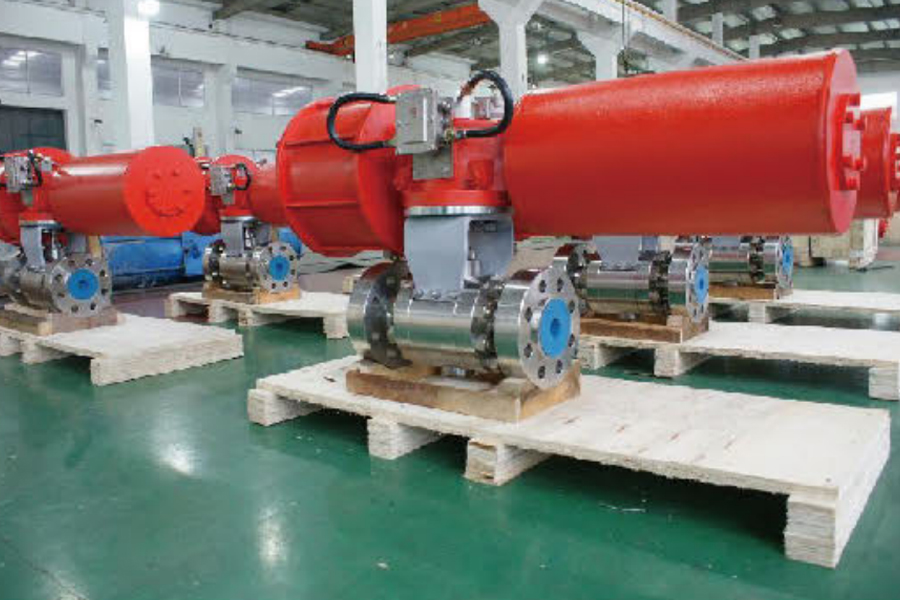A Knife Gate Valve with Pneumatic Actuator is a highly versatile and reliable valve commonly used in industries like wastewater treatment, mining, and pulp and paper manufacturing. The unique design of the knife gate valve, combined with the precision and automation provided by the pneumatic actuator, makes it a popular choice for controlling the flow of liquids, slurries, or powders in challenging environments.
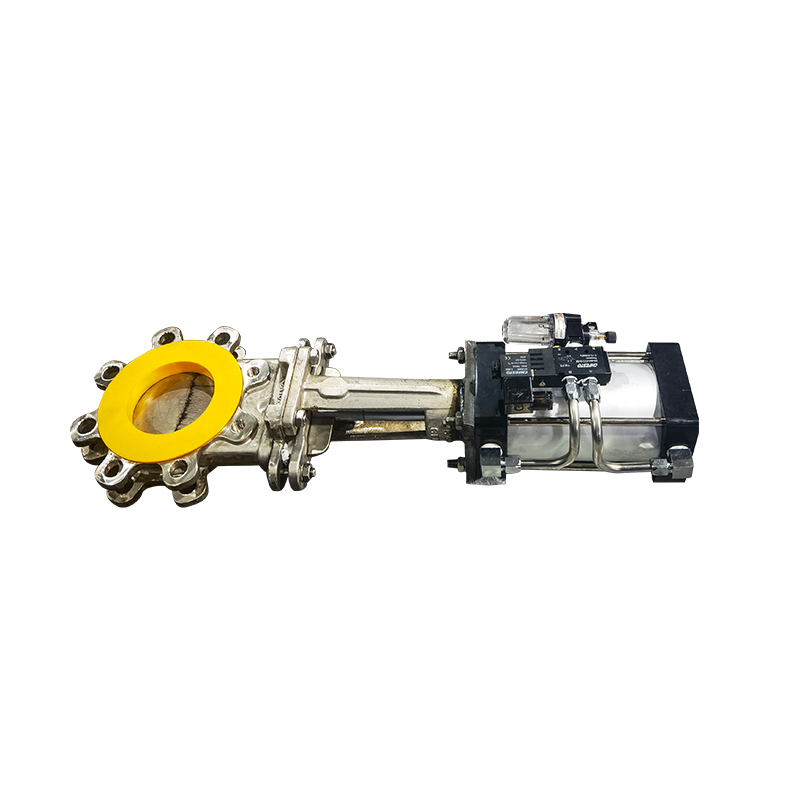
One key reason to choose a Knife Gate Valve with Pneumatic Actuator is its ability to handle thick, viscous, or slurry-based materials that other types of valves may struggle with. The “knife” design, with its sharp edge, allows the valve to cut through these materials, providing an efficient and reliable shutoff. This makes it ideal for applications where traditional valves might fail due to clogging or wear.
The pneumatic actuator adds a layer of automation and control, allowing for remote or automatic operation. Pneumatic actuators use compressed air to power the valve, offering quick response times and low energy consumption compared to electric or hydraulic actuators. They are also well-suited for hazardous environments, as they eliminate the need for electrical connections, reducing the risk of sparks or electrical faults. Additionally, the actuator's simplicity and reliability make it easy to maintain, ensuring minimal downtime and operational efficiency.
The Compressed Air Gate Valve is a critical component in various industries, particularly in controlling the flow of gases or liquids in pressurized systems. Its development traces back to the early days of industrialization when the need for controlled fluid handling systems became paramount in sectors like oil and gas, mining, and manufacturing.
Historically, the development of gate valves can be linked to the evolution of the steam and water industries. Early gate valves, which were primarily manual, relied on handwheels and levers for operation. These valves were designed to provide tight sealing and full flow control, which was essential for early steam-powered systems. Over time, advancements in engineering led to the introduction of compressed air systems, which became a significant part of fluid control valves.
The compressed air gate valve emerged as a solution to the increasing demand for automated control in high-pressure systems. By incorporating pneumatic actuators into the valve design, engineers were able to develop systems that could be remotely controlled with compressed air. This advancement significantly improved the safety, efficiency, and precision of industrial systems by allowing operators to control fluid flow without being physically present at the valve.
The Double Acting Actuator Valve offers several distinct advantages that make it a preferred choice in various industrial applications. Unlike a single-acting actuator, which only provides power in one direction, a double-acting actuator is designed to provide power in both directions, offering more precise control and flexibility.
One of the main advantages of a Double Acting Actuator Valve is its ability to provide more consistent and reliable operation. In systems where the valve needs to be actuated in both directions (such as opening and closing), the double-acting actuator ensures equal force is applied in both directions. This bring about smoother and more reliable operation, reducing the risk of malfunction and improving the overall performance of the system.
Another key benefit is increased speed and responsiveness. Since the double-acting actuator uses compressed air to move the valve in both directions, it can provide quicker response times compared to manual or single-acting actuators. This is particularly valuable in systems where time-sensitive operations are critical, such as in chemical processing or high-speed manufacturing environments.








